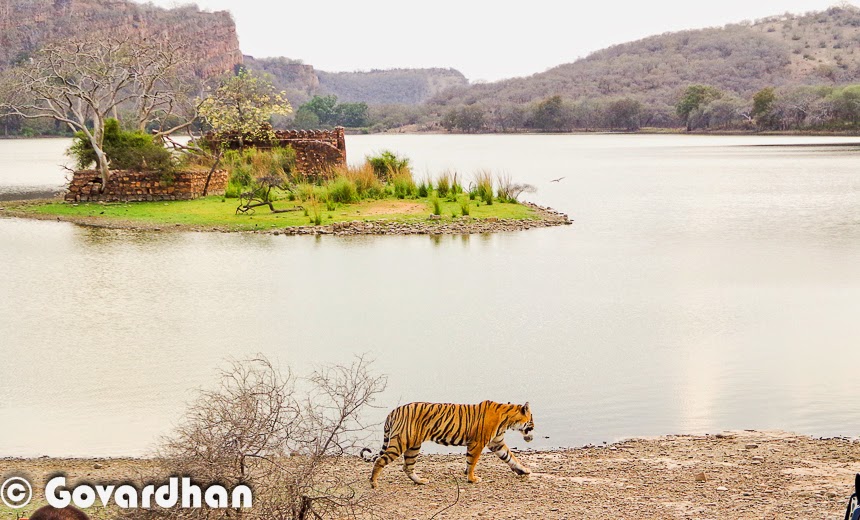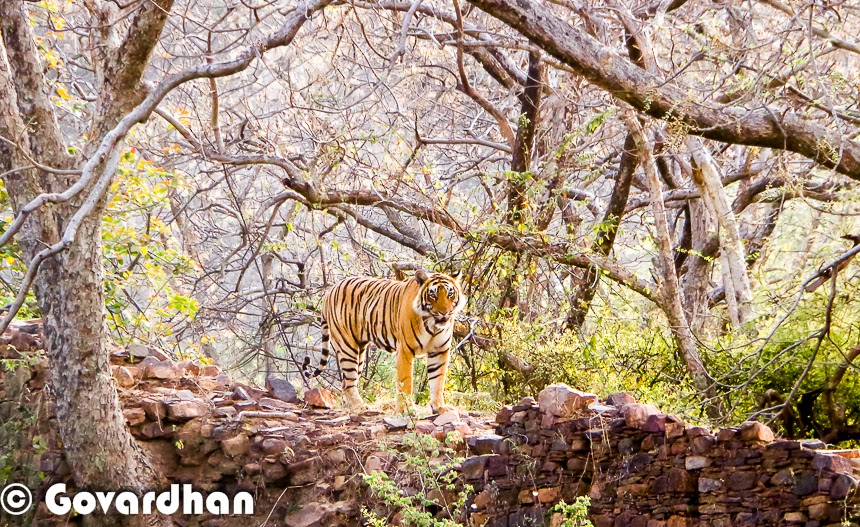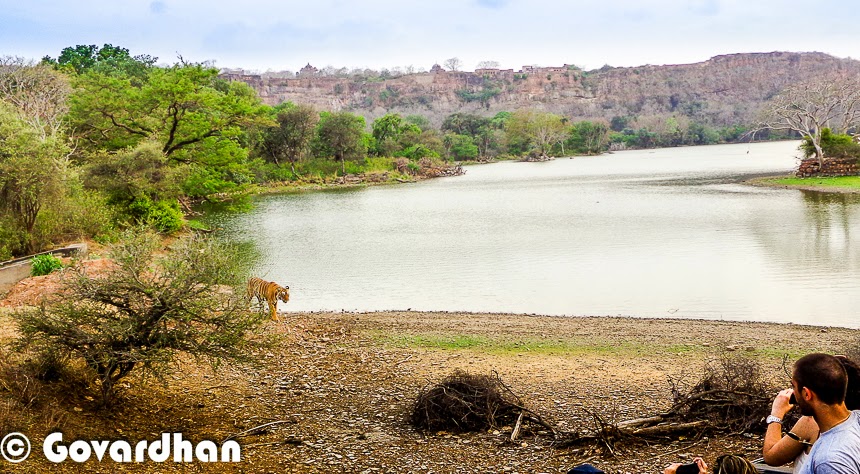In the heart of the Indian wilderness, amidst the dense jungles and tranquil landscapes, lies one of the world's most iconic predators – the Bengal tiger. Revered as the epitome of grace, power, and untamed beauty, the tiger holds a special place in India's rich tapestry of wildlife heritage. Join us as we embark on a captivating journey into the wild to witness the majestic spectacle of tiger sightings in India.
The Royal Bengal Tiger
The Royal Bengal Tiger, or Panthera tigris tigris, is India's national animal and one of the most sought-after wildlife sightings in the country. With its striking coat adorned with dark stripes and piercing eyes that gleam with intensity, the Bengal tiger embodies strength, agility, and primal elegance. India is home to the largest population of wild tigers in the world, making it a premier destination for tiger enthusiasts and nature lovers alike.
Exploring Tiger Country
India boasts a network of national parks, wildlife sanctuaries, and tiger reserves spread across the country, each offering a unique opportunity to observe tigers in their natural habitat. From the dense forests of Central India to the lush landscapes of the Western Ghats and the rugged terrain of the Himalayan foothills, tiger habitats in India are as diverse as they are enchanting. Wildlife enthusiasts and photographers flock to these tiger reserves, hoping to catch a glimpse of these magnificent creatures in the wild.
Tiger Hotspots
Several regions in India are renowned for their tiger populations, offering prime opportunities for tiger sightings. Some of the main tiger hotspots in India include:
Ranthambore National Park, Rajasthan: Known for its dramatic landscapes and iconic ruins, Ranthambore is one of India's premier tiger reserves. The park's rugged terrain and abundant water sources provide ideal habitat for tigers, making it a hotspot for tiger sightings.
Bandhavgarh National Park, Madhya Pradesh: Renowned for its high density of tigers, Bandhavgarh is a haven for wildlife enthusiasts. The park's dense Sal forests and open grasslands offer excellent opportunities for tiger sightings, with sightings being relatively common.
Corbett Tiger Reserve, Uttarakhand: India's oldest national park, Corbett is famous for its diverse wildlife and scenic beauty. The park's picturesque landscapes, including dense forests, grasslands, and riverine habitats, provide a natural haven for tigers and other wildlife.
Kanha Tiger Reserve, Madhya Pradesh: Immortalized in Rudyard Kipling's "The Jungle Book," Kanha is one of India's largest and most well-managed tiger reserves. The park's expansive grasslands and meandering streams offer prime tiger habitat, with ample opportunities for sightings.
Despite India's efforts in tiger conservation, these magnificent predators face numerous threats in the wild, including habitat loss, poaching, human-wildlife conflict, and illegal wildlife trade. Encroachment into tiger habitats, depletion of prey species, and fragmentation of landscapes pose significant challenges to their long-term survival. Conservation efforts aimed at protecting tiger habitats, mitigating human-wildlife conflict, and raising awareness about the importance of tiger conservation are crucial for ensuring the continued survival of these iconic big cats.
As of my last update in January 2022, India has been making significant efforts in tiger conservation, including conducting regular tiger surveys to monitor the population. The most recent tiger census conducted in India was in 2018, which reported a population estimate of approximately 2,967 tigers in the wild. This marked a significant increase from previous years and reflected India's commitment to tiger conservation efforts.
It's important to note that tiger populations can fluctuate due to various factors such as habitat loss, poaching, human-wildlife conflict, and ecological changes. Conservation efforts, including the establishment of tiger reserves, habitat restoration, anti-poaching measures, and community engagement, play a crucial role in ensuring the continued survival of tigers in India.
The Indian government, along with various conservation organizations and wildlife authorities, continues to prioritize tiger conservation through initiatives such as Project Tiger, which was launched in 1973 to protect and conserve the endangered species and its habitat.
For the most up-to-date information on tiger populations in India, it is recommended to refer to official reports and announcements from the Ministry of Environment, Forest and Climate Change (MoEFCC) and the National Tiger Conservation Authority (NTCA). These organizations regularly conduct tiger surveys and release official population estimates to track the status of tiger populations in the country.
As we conclude our journey into the world of tiger sightings in India, we are reminded of the fragility and beauty of the natural world. The sight of a tiger in its natural habitat serves as a poignant reminder of the interconnectedness of all living beings and the need to preserve and protect our precious wildlife heritage. So, the next time you find yourself in the wilderness of India, keep your eyes peeled and your senses attuned – for you never know when you might be blessed with the exhilarating sight of a tiger on the prowl.











.jpg)
Comments